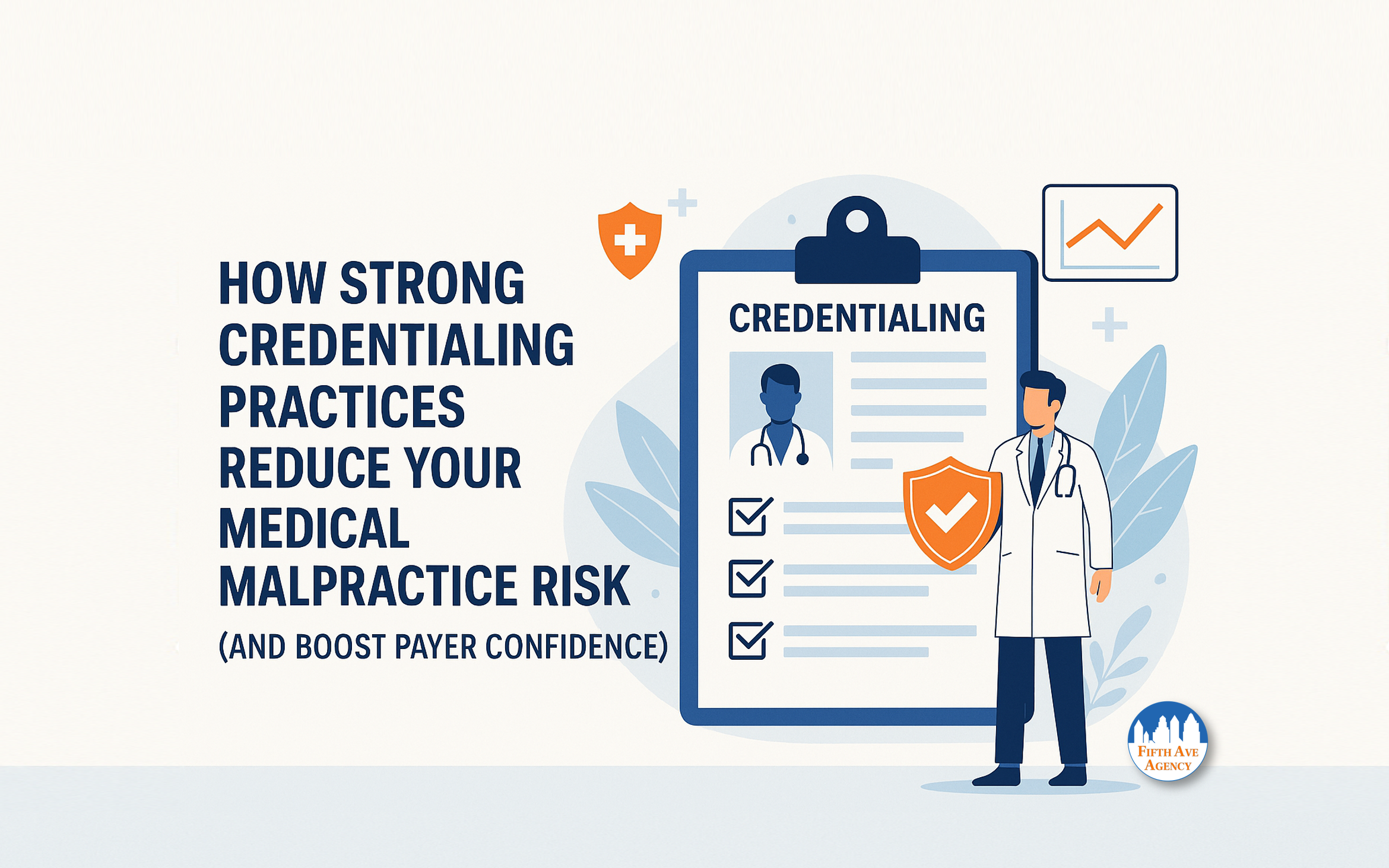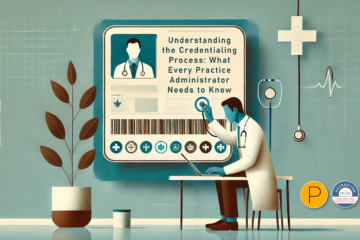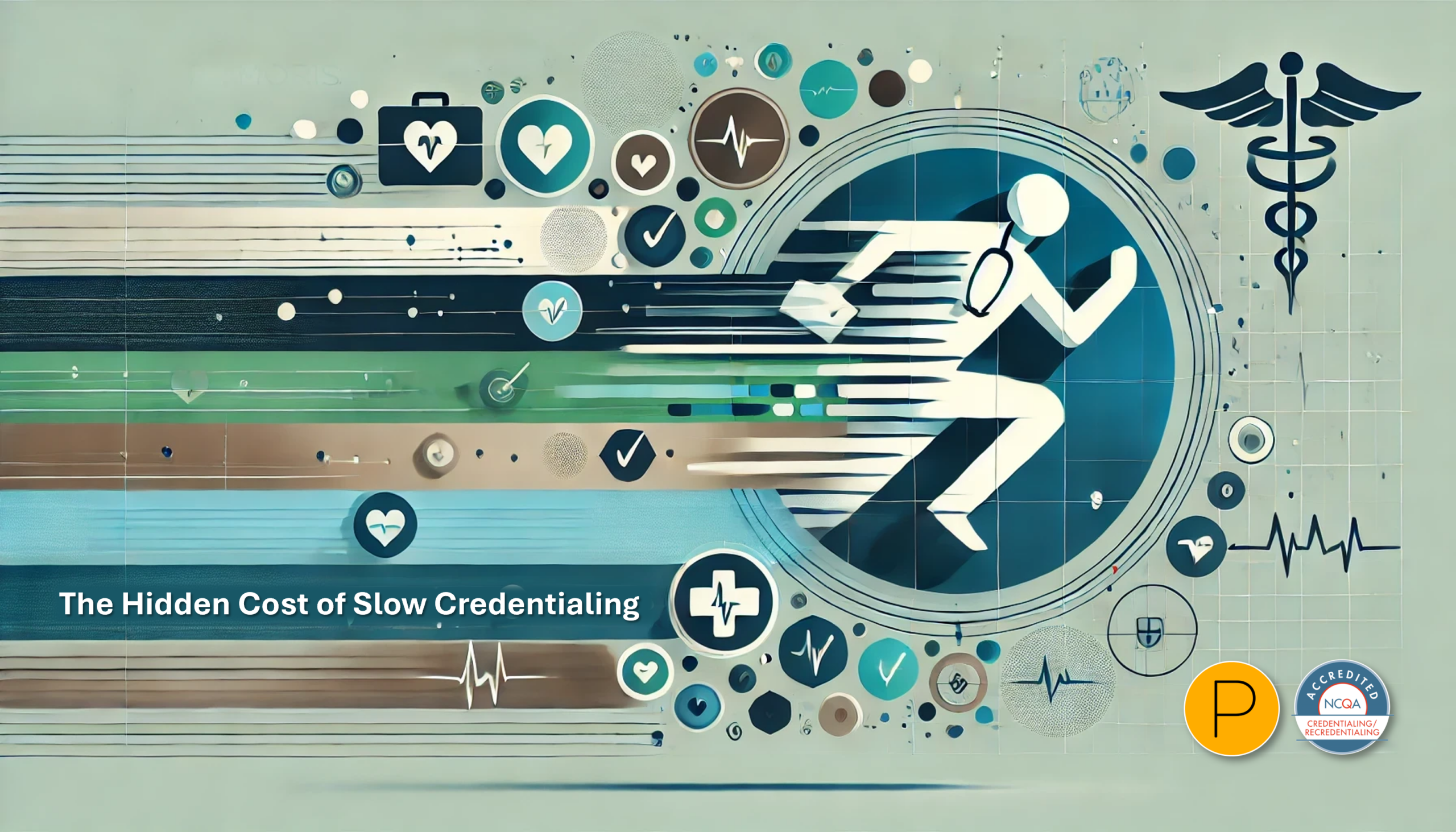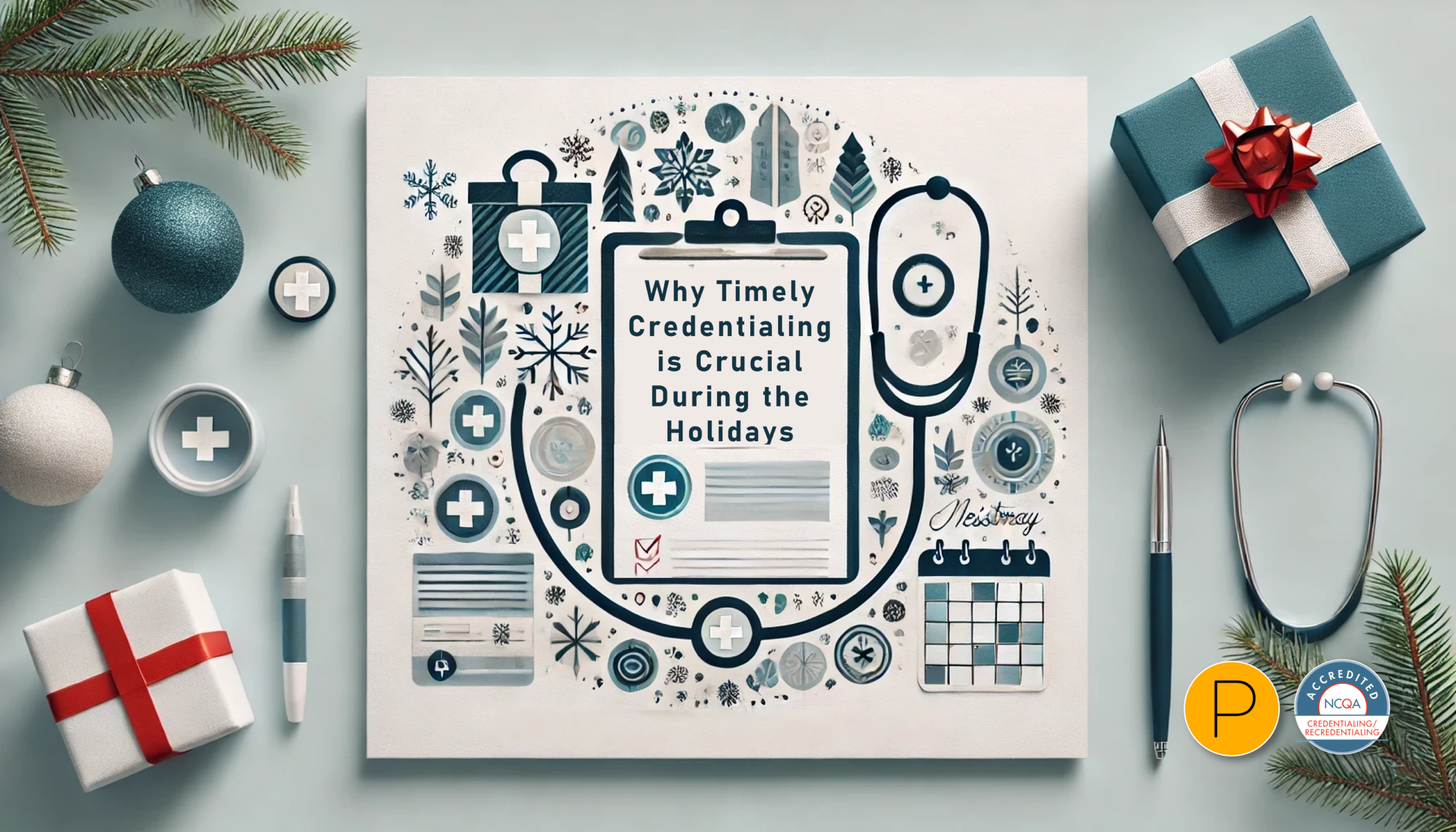Medical malpractice insurance is a critical safeguard for healthcare professionals. It provides the necessary protection against claims of negligence or harm arising from the care of patients.
However, not all medical malpractice policies are created equal, and many contain hidden risks that could leave you vulnerable when you need protection the most. In this article, we will delve into the top five hidden risks in a medical malpractice policy and provide insights on how to mitigate these risks.
1. Unseen Clauses: The Devil is in the Details
One of the most significant hidden risks in medical malpractice insurance is the presence of unseen clauses that can lead to denied claims. Insurance policies are often dense with legal jargon, making it challenging to understand every aspect.

Here are some common unseen clauses in a medical malpractice policy to be aware of:
Consent to Settle Clauses: Some policies include clauses that require the insured’s consent before settling a claim. While this might seem advantageous, it can lead to prolonged litigation and increased costs if the healthcare provider is unwilling to settle.
Hammer Clauses: These clauses penalize the insured if they refuse a settlement offer recommended by the insurer. If the provider insists on taking the case to trial and loses, they may be responsible for any costs above the initial settlement offer.
Prior Acts Coverage: Also known as “nose” coverage, this clause provides protection for incidents that occurred before the start of the policy. Without it, claims related to past events may not be covered, leaving you exposed to significant financial risks.
2. Medical Malpractice Policy Coverage Gaps: Overlooked Areas of Vulnerability
Coverage gaps in your medical malpractice policy are another critical risk that can leave healthcare professionals unprotected. Many assume their policy covers all potential scenarios, but this is often not the case. Key areas to scrutinize include:
Telemedicine: With the rise of telemedicine, ensure your policy explicitly covers remote consultations and treatments. Some older policies may not include this, leaving a gap in coverage.
Cyber Liability: Data breaches and cyberattacks are increasing in frequency. Verify whether your malpractice policy includes coverage for cyber liability, as the financial impact of a data breach can be substantial.
Employment Practices Liability: Claims related to employment practices, such as discrimination or wrongful termination, are typically not covered under standard malpractice policies. Consider adding this coverage to protect against these risks.
3. Legal Defense Limitations: Inadequate Support During Litigation
Legal defense is a critical component of any malpractice policy. However, some policies may limit the support provided during legal proceedings, potentially compromising your defense.
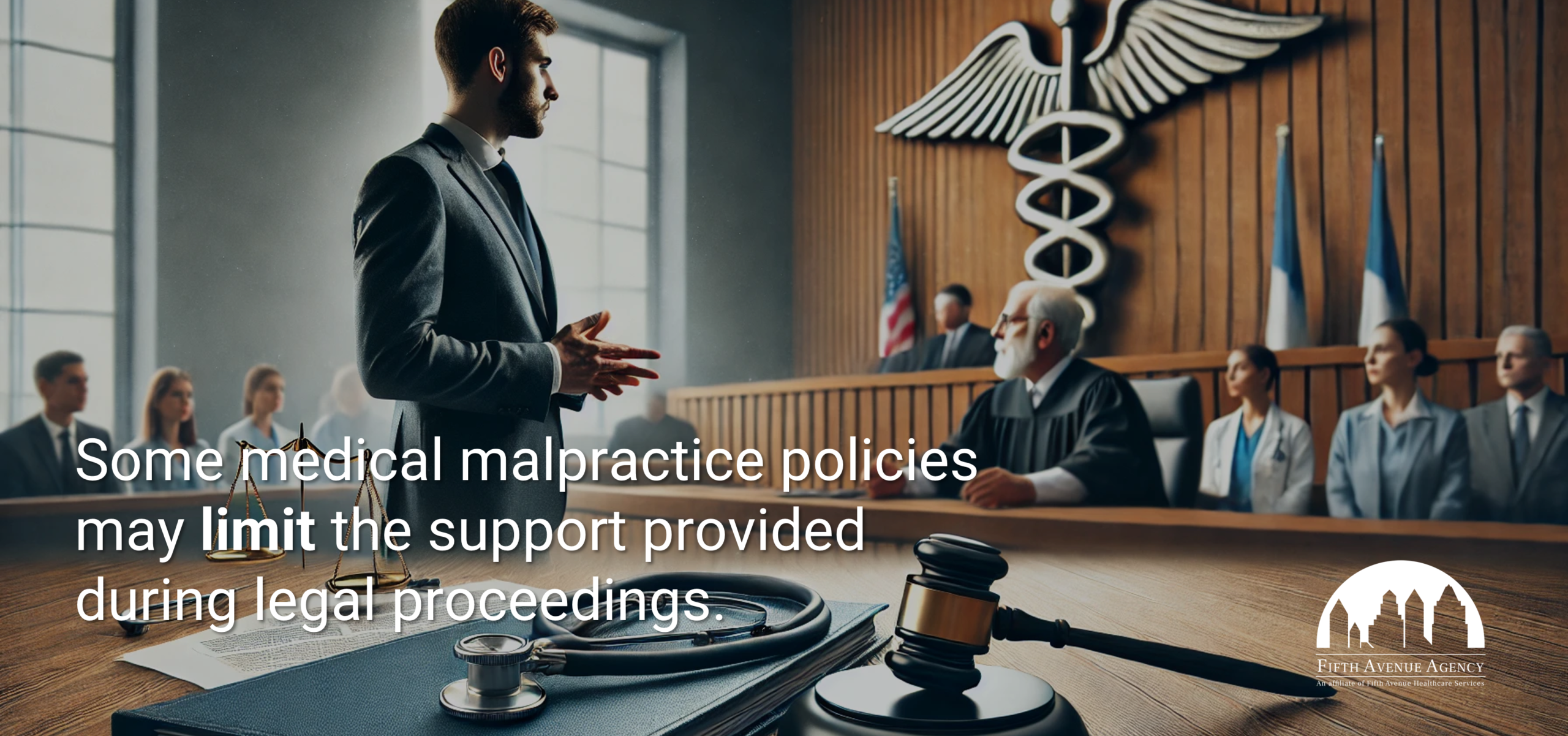
Important aspects to evaluate include:
Defense Costs Outside the Limits of Liability: Ideally, legal defense costs should be covered outside the medical malpractice policy’s liability limits. If defense costs are included within the limits, they can quickly deplete the coverage available for settlements or judgments.
Choice of Legal Counsel: Some policies restrict your choice of legal counsel, requiring you to use attorneys appointed by the insurer. Ensure your policy allows you to select a lawyer experienced in medical malpractice defense.
Coverage for Administrative Hearings: Legal defense for administrative hearings, such as those before medical boards, may not be included in standard policies. This coverage is essential as administrative actions can impact your license and practice.
4. Tail Coverage Essentials: Protecting Against Future Claims
Tail coverage, or extended reporting period coverage, is crucial for healthcare providers who are changing jobs, retiring, or otherwise discontinuing their claims-made policies. This coverage ensures protection against claims made after the policy period for incidents that occurred while the policy was active. Key considerations include:
Cost of Tail Coverage: Tail coverage can be expensive, often costing a significant percentage of the annual premium. Plan for this expense in advance to avoid financial strain.
Duration of Tail Coverage: Verify the duration of tail coverage offered by your policy. Some policies may provide limited tail coverage, which may not be sufficient for potential claims arising many years after an incident.
Automatic Tail Coverage: Some insurers offer automatic tail coverage upon retirement or in the event of death or disability. This feature can provide peace of mind and financial relief for healthcare providers and their families.
5. Policy Customization: Avoiding the Pitfalls of Generic Policies
A one-size-fits-all approach to medical malpractice insurance can leave significant gaps in coverage. Customizing your policy to fit your specific practice needs is essential.

Consider the following:
Specialty-Specific Coverage: Ensure your policy is tailored to your medical specialty, as different fields face unique risks. For example, an obstetrician will have different coverage needs than a radiologist.
Practice Setting: Whether you work in a hospital, clinic, or private practice can impact your coverage needs. Tailor your policy to reflect your practice setting and the associated risks.
Additional Insureds: If you employ other healthcare professionals or work in a group practice, ensure your policy includes coverage for additional insureds. This protects your entire team and minimizes the risk of uncovered claims.
Conclusion: Taking Proactive Steps to Protect Yourself
Understanding and addressing these hidden risks in your medical malpractice policy is crucial for comprehensive protection.
Here are some steps you can take to mitigate these risks:
- Review Your Policy Regularly: Regularly review your policy with a knowledgeable insurance broker or legal advisor to identify and address any potential gaps or hidden clauses.
- Customize Your Coverage: Work with your insurer to customize your policy to fit your specific practice needs and ensure comprehensive coverage.
- Plan for Tail Coverage: If you anticipate changing jobs or retiring, plan for the cost and duration of tail coverage in advance.
- Seek Professional Advice: Don’t hesitate to seek professional advice for a thorough review of your policy. A professional can help you understand complex terms and ensure you have the protection you need.
By taking these proactive steps, you can safeguard your career and financial stability, ensuring you are fully protected against the unexpected. For a professional review of your current malpractice policy or assistance in purchasing a new policy tailored to your needs, contact us today. Our experts are here to help you navigate the complexities of medical malpractice insurance and provide the peace of mind you deserve.
More information about Fifth Avenue Agency
Fifth Avenue Agency specializes in MPLI and medical malpractice insurance, serving 1000s of providers nationwide. Fifth Avenue Agency is part of the Fifth Avenue Healthcare Services family. Sister companies include 5ACVO (credentialing and primary source verification specialists) and Primoris Credentialing Network (credentialing and provider enrollment specialists with 54+ health plan and network provider enrollment options).
Fifth Avenue Agency originally published this article here. For information on Fifth Avenue Agency, please visit FifthAvenueAgency.com or Contact Us.



